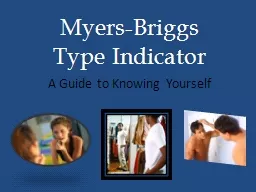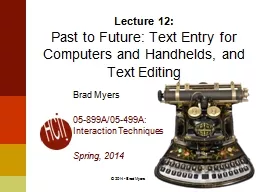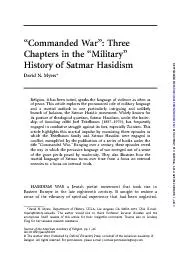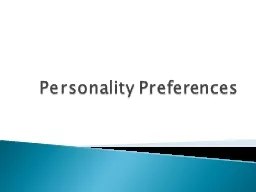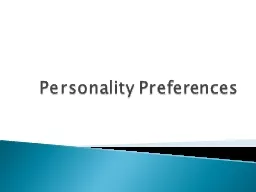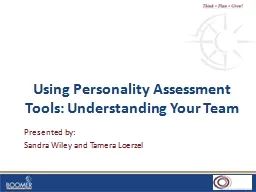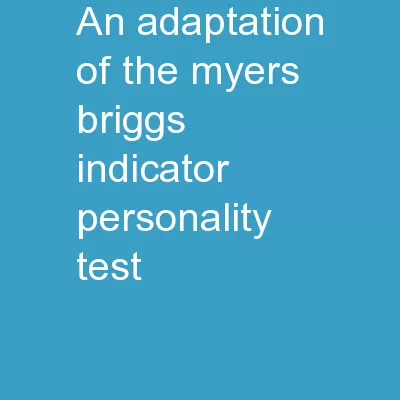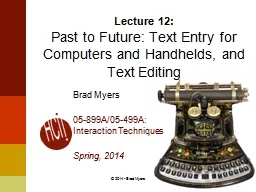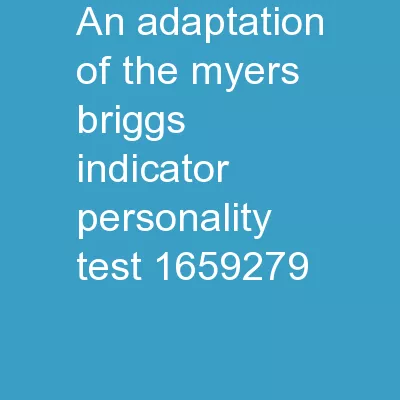PPT-Myers-Briggs Type Indicator
Author : celsa-spraggs | Published Date : 2018-11-02
A Guide to Knowing Yourself MBTI MyersBriggs Type Indicator History Swiss Psychiatrist Carl G Jung 18751961 Katharine Cook Briggs 18751968 Isabel Briggs Myers 18971980
Presentation Embed Code
Download Presentation
Download Presentation The PPT/PDF document "Myers-Briggs Type Indicator" is the property of its rightful owner. Permission is granted to download and print the materials on this website for personal, non-commercial use only, and to display it on your personal computer provided you do not modify the materials and that you retain all copyright notices contained in the materials. By downloading content from our website, you accept the terms of this agreement.
Myers-Briggs Type Indicator: Transcript
Download Rules Of Document
"Myers-Briggs Type Indicator"The content belongs to its owner. You may download and print it for personal use, without modification, and keep all copyright notices. By downloading, you agree to these terms.
Related Documents

